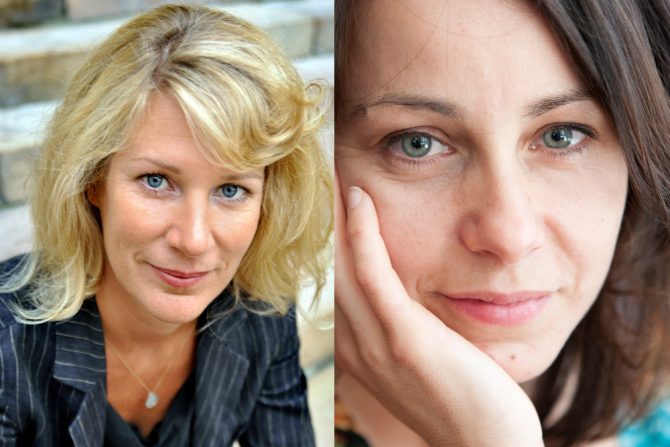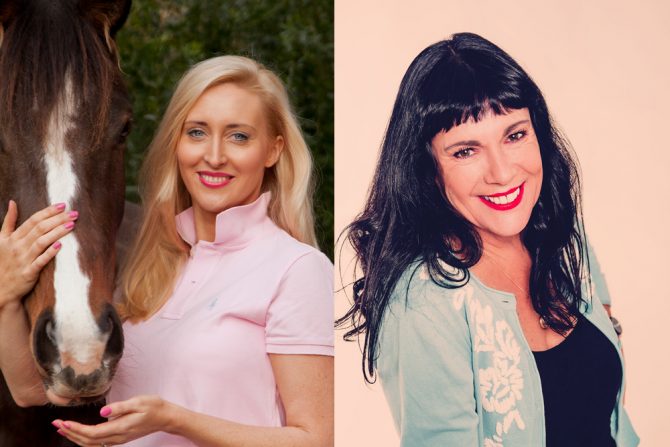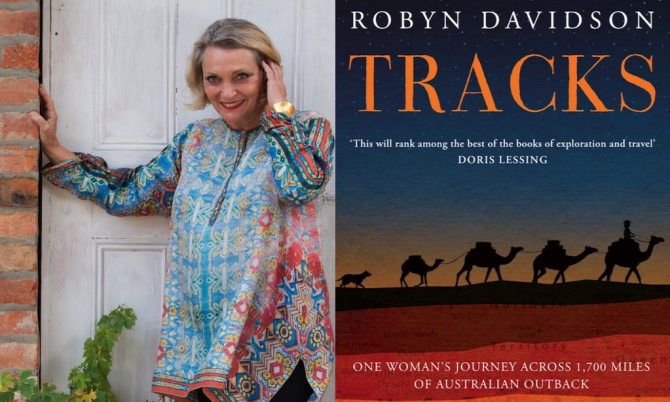Once you make mention of your possible retirement, people start hounding you mercilessly. All boundaries crash and burn and you will find yourself having to answer questions like: “Why now?”, “Surely you’ll get bored?”, “Exactly when?”, “Will you have enough money?”, “What about your sex life?” … OK so I made up that last one, but all the others stay put. What I really needed was a book entitled: “What will I do when you are gone”, sadly that one is yet to be written.
 But Libraries have always come to my rescue in the past and they did not fail me this time either. Lo and Behold, I found the perfect book to recommend for situations of loss, because make no bones about it, I’m going to miss you guys heaps.It’s a new book – What To Do When I’m Gone. It’s written by a mother to help her daughter cope after her death. It’s funny, full of good advice, beautifully illustrated and applies to all sorts of life situations where people just aren’t there for you any more. Here’s how it starts:
But Libraries have always come to my rescue in the past and they did not fail me this time either. Lo and Behold, I found the perfect book to recommend for situations of loss, because make no bones about it, I’m going to miss you guys heaps.It’s a new book – What To Do When I’m Gone. It’s written by a mother to help her daughter cope after her death. It’s funny, full of good advice, beautifully illustrated and applies to all sorts of life situations where people just aren’t there for you any more. Here’s how it starts:
DAY 1 After I’m Gone: Make fajitas. And after you’ve done that serve with fresh tortillas, chopped cilantro, and thin slices of avocado. Great job. Now don’t you feel better? Of course you don’t. Pour yourself a stiff glass of whisky.
 My next bookish recommendation to tide you over is The Wrong Heaven by Amy Bonnaffons. This recent edition of short stories has a slight Magic Realism edge to it. Here is a book to remind you why we read in the first place: to be taken by the hand to visit some strange place, only to get there and find yourself quite unexpectedly at home. I chose this book for its stunning cover, I started reading it because of its great title. I finished it because it is just brilliant. And you’d think it would be a “ladies” book, but its best reviews are all by men. Read it!
My next bookish recommendation to tide you over is The Wrong Heaven by Amy Bonnaffons. This recent edition of short stories has a slight Magic Realism edge to it. Here is a book to remind you why we read in the first place: to be taken by the hand to visit some strange place, only to get there and find yourself quite unexpectedly at home. I chose this book for its stunning cover, I started reading it because of its great title. I finished it because it is just brilliant. And you’d think it would be a “ladies” book, but its best reviews are all by men. Read it!
 And I hope you have already met up with Elizabeth Strout in your reading travels, but if not you can just as well start here with Anything is Possible her most recent book of loosely linked characters in a small mid-western town. I love Strout’s writing – she is one of the best observers of everyday
And I hope you have already met up with Elizabeth Strout in your reading travels, but if not you can just as well start here with Anything is Possible her most recent book of loosely linked characters in a small mid-western town. I love Strout’s writing – she is one of the best observers of everyday
folk that we have right now. She feels like one of those people who can divine an entire personality from a single scrap of fabric. Forget about politics and climate change and the price of petrol. The really important stuff is happening to the people in your home, your neighbourhood, your town.
Of course you can instead choose to read one of the many books on retirement, or on growing older. But I can summarise their contents for you right here: Make a will; Pay off your mortgage; Keep active and socialise, and whatever else you do, join a Tai Chi class. Instead I’m hoping growing older will be more like this quote from a review of The Wrong Heaven:
Anything is possible: bodies can transform, inanimate objects can come to life, angels can appear and disappear.
Now that’s more like what I am aiming at in retirement!

































